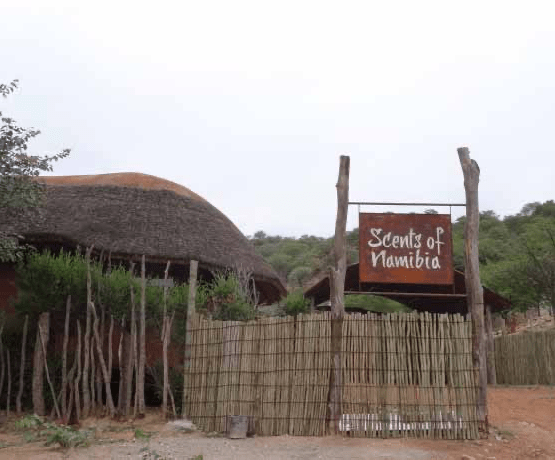North West Trail

Total Distance: 581km (including detours)
Suggested time period: 3-5 days
This route links up the western gate of the spectacular Etosha National Park and its teaming wildlife with another Namibian highlight the two major waterfalls on the Kunene River.
This route links up the western gate of the spectacular Etosha National Park and its teaming wildlife with another Namibian highlight the two major waterfalls on the Kunene River. The route traverses Mopani shrubland while skirting the Etosha Park fence. Opuwo, the main centre in the Himba heartland, is a necessary refuelling and supply stop. The town is of great contrast between modern and ancient tradition. Young people in jeans and t-shirts walk the dusty roads alongside traditionally dressed Himba women covered in ochre and wearing copper bangles and leather adornment.
The good quality gravel road leads the explorer past Himba trudging the remote roads to bring their cattle, goats and donkeys to the nearest water source. The Epupa waterfall is one of the truly unspoilt natural wonders of Africa. The full force of the mighty Kunene River plunges into a narrow gorge, which sends sheets of spray into the blue Namibian sky.
The river and its fast flowing water brings life to people and animals, many of which walk vast distances to seek the replenishment, shade and shelter. A section of the road between Swartbooisdrift and Ruacana hugs the Kunene River and offer glimpses of the river through the thick riverine forest. Keen birders hone in on a small section of the river which is home to the endemic Cinderella Waxbill. River front campsites and lodges are tucked away among makalani palms on the riverbank.
Attractions:
Epupa Waterfall
- The Epupa Falls are created by the Kunene River on the border of Angola and Namibia. The river is 0.5 kilometres wide and drops in a series of waterfalls spread over 1.5km, with the greatest single drop being 37m. The name 'Epupa' is a Herero word for 'foam', in reference to the foam created by the falling water. The falls are a major drawcard for the route and it has a well-developed local tourism industry.
Swartbooisdrift
- Swartbooisdrift is a small settlement on the banks of the Kunene River, on the Angolan border. Depending on the season, Swartbooisdrift is populated by 150 - 300 seminomadic people of Himba and Herero descent. The settlement is named after Petrus Swartbooi, one of the tribal chief captains of the Swartbooi Nama who raided the area in the 1890s. It has some historic significance as the place where Dorsland Trekkers crossed the Kunene River in 1881 to move into Angola. In commemoration of this migratory movement the Dorsland Trekkers Monument has been erected on a hill just outside the settlement.
Dorsland Trek Memorial
- In Kaokoland, several ruins of temporary settlements are still visible, including a reformed church near Kaoko Otavi. Outside Swartbooisdrift the travellers can visit the Dorsland Trekkers Monument which commemorates the journey.
Scents of Namibia: Opuwo Processing Facility and Visitor Centre
- This essential oil distillation facility is 100% community-owned and operated which distils Colophospermum mopane seeds and Commiphora wildii resin – the traditional Himba perfume plant fondly referred to locally as ‘Namibian myrrh’. The Visitor’s Centre promotes the use of Community Based Natural Resource Management, the tradition of the Himba people and their sustainable harvesting techniques of indigenous natural plant products.


